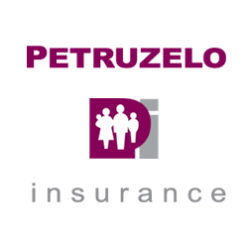
While no one likes to imagine a loss of personal property to a fire, flood or theft, it’s wise to prepare for the worst. By preparing a personal property inventory list, should the worst ever happen, you’ll be prepared to deal with the aftermath.
Don’t Rely on Memory
You may imagine that following a home disaster, you will be able to remember all your possessions and their value. But consider that you may be distressed, displaced and living in temporary housing, and caught up with a million other details that need your attention. You’ll want to make an insurance claim as soon as possible and having a personal property list prepared in advance will help you do that. You’ll also need the list to claim any losses on your income tax return, and if tax season is already upon you, having some work done in advance will make your life much easier.
How Should I Begin Making a Personal Property List?
It’s an onerous task, but there are some ways you can make the process easier.
Do one room at a time. Rather than wandering the house and randomly assessing possessions, commit to doing one room per day, which will contain the process. Begin in the living room, for example, and start with the obvious items: television, stereo, computer equipment, furniture, valuable artwork or knickknacks, and any other items of value you may be storing.
Make a template for the information. It helps to make a fill-in-the-blank template so you can customize it for each item. List the item, create a description for it including make and model, note where you bought it and include what you paid for it. Repeat the process for all items of value in the room. Be sure to include the serial numbers of all electronics. If you can, put together sales receipts, purchase contracts, and appraisals, and reference these additional documents on your templates.
Pay special attention to items of high value. Things like jewelry, artwork or expensive electronics may need additional coverage from your homeowners or renters’ insurance, particularly if they have increased in value since you acquired them. Ensure you have an adequate policy to cover this additional value.
Take photos. In addition to any lists, you prepare, be sure to take photos of all items to keep with the other documentation. This will make it easier to make claims after the fact. You may even wish to do a walk-through of the house and make a video of all possessions you’ve listed.
Put the documentation in a safe place. Once you’ve completed your inventory, whether it’s on paper or digital, store it safely. For paper documents, consider a fireproof safe or safety deposit box. If your list and documentation are digital, upload them to a secure cloud location.
Talk to your insurance agent. If you need guidance with the process, consult with your insurance agent. In Connecticut, Petruzelo Insurance offers personal and business policies that fit the needs of you and your community. Call us at 866-479-3327 or visit our website for more information.
